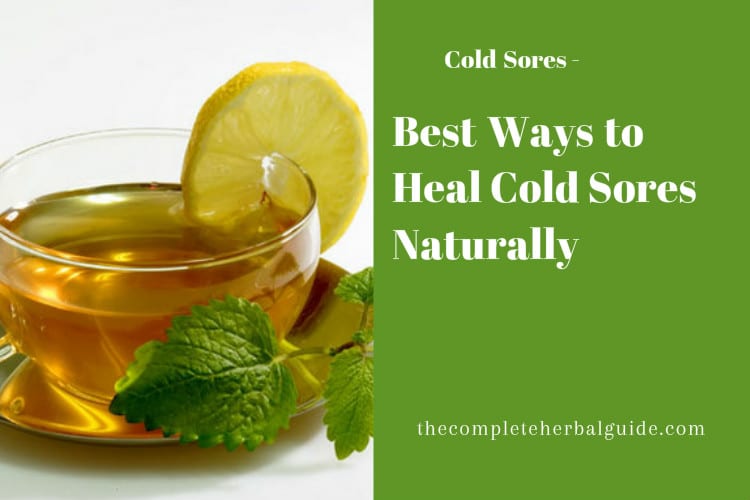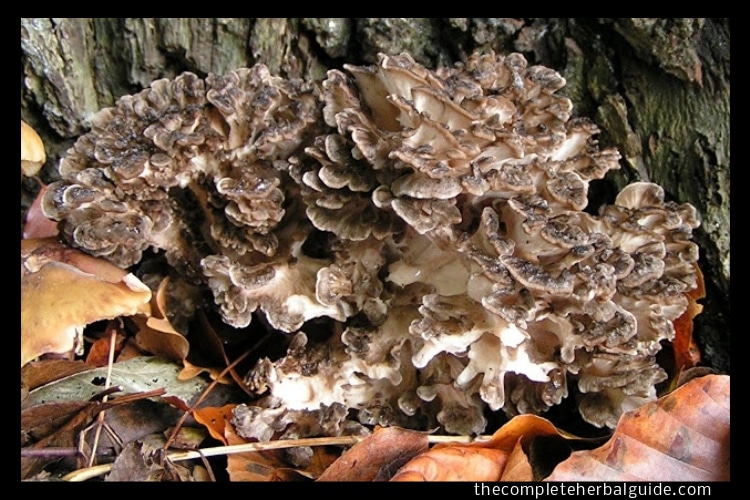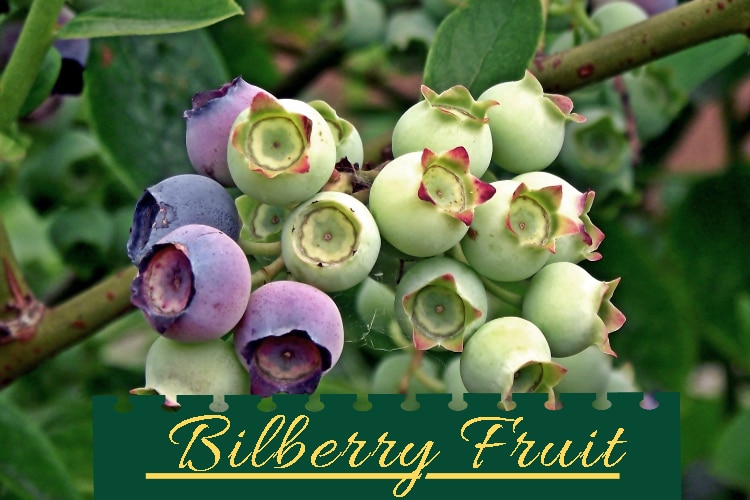
Medicinal Uses, Benefits & Precautions of Ma Huang – Can it do more harm than good?
Ma huang (Ephedra sinica) is a cone-bearing shrub, 30 to 50 cm in height, which is native to China but now found also in the Mediterranean region, India, Persia, and the western portion of South America. This species grows best in sandy or rocky deserts and mountains. Warm temperate latitude with less than 20 cm of annual rainfall is suitable for the growth of ma huang, i.e., ma huang is a xerophytic plant capable of growing under semiarid to arid conditions.
Table of Contents
Plant Description
The jointed green stems of ma huang are the chief photosynthetic organs of the plant. The plant has tiny, scale-like, opposite leaves that only function briefly when first formed, after which they lose their chlorophyll and turn a faded brown. The stems are tough, relatively flexible, and lack bark for several years.
 Seeds for ma huang are planted in the early spring. During the first year of growth, the plants must be watered and kept entirely weed-free. Stems are harvested usually after four years of plant growth, and during the blooming season, when alkaloid content is the highest. Ephedra sinica is not harvested during the summer months because alkaloid content is reduced when stems are fully hydrated from summer rains.
Seeds for ma huang are planted in the early spring. During the first year of growth, the plants must be watered and kept entirely weed-free. Stems are harvested usually after four years of plant growth, and during the blooming season, when alkaloid content is the highest. Ephedra sinica is not harvested during the summer months because alkaloid content is reduced when stems are fully hydrated from summer rains.
During the first year of growth, the plants must be watered and kept entirely weed-free. Stems are harvested usually after four years of plant growth, and during the blooming season, when alkaloid content is the highest. Ephedra sinica is not harvested during the summer months, because alkaloid content is reduced when stems are fully hydrated from summer rains.
Stems less than 1.25 cm in diameter are cut, dried in the sun for 15 days, and then artificially dried at 120 degrees F for three more hours. Afterward, the stems are beaten with sticks to break their great jointing and then screened to separate unwanted joints from the internodes. Packed in bags or covered in containers, the stems must be stored in a dry atmosphere awaiting shipment.
History
We know that ephedras have been used at least for 5000 years in China, probably elsewhere. Beverages made with the ephedra plant have been referred to under many names, e.g., yellow river, Mormon tea, and whorehouse tea. Ancient Chinese physicians prescribed ephedra tea and pills for the common cold, coughs, asthma, headaches, and hay fever.
Ephedra comforts asthma patients by acting as a bronchial dilator. Honey is often added to the ephedra. Ten species of Ephedra are known to exist in North America, and many were popular in folk medicine and as a daily beverage. After the Mormons had arrived in Utah, the native tribe introduced them to a species of Ephedra, and they used the stems as a substitute for coffee and tea. However, this was considered a bitter-tasting tonic beverage. In the Old West, the same species used by the Mormons gained a reputation as a cure for syphilis and gonorrhea, although this cure was never actually proven to work.
The stimulants, or uppers, ephedrine, and pseudoephedrine are the two widely used alkaloids of ma huang. These alkaloids are found in the highest concentrations in internodes, and in thin stems with fewer nodes (i.e., long internodes), especially less fibrous stems that snap most easily, and they are absent from roots. All the alkaloids are less potent than adrenaline, yet more effective than caffeine. Caffeine–contained in coffee, tea, cocoa, chocolate, yerba mate, and cola drinks–when combined with ma huang enhances the performance of ma huang, and the results are insomnia, irritability, and nervousness.
Medical Uses
Ephedrine can be obtained in nonprescription forms. A 24-25 mg capsule containing ma huang comes in a hydrochloride or sulfate salt form. Typically, only 5 mg of ephedrine is contained within this capsule, but ephedrine alkaloid content is not regulated due to its difficulty in being measured as a constant amount. Extreme variability in ephedrine content is associated with different ephedrine species and their places of origin. Many herbalists agree that the intact ma huang stem is much safer to use for medicinal purposes than its alkaloid extracts. As an example, pure ephedrine raises blood pressure, whereas ephedra stems reduce it. Comparing the alkaloid pseudoephedrine with the entire plant, the entire plant causes fewer heart symptoms. When comparing alkaloid to alkaloid for commercial cold preparations, pseudoephedrine is less risky than ephedrine.
Ma huang and its alkaloids have various medicinal uses, of which only some of the more widely used purposes will be mentioned here, but especially ma huang acts as a bronchial dilator to dry up the sinuses. Pseudoephedrine HCL, an isomer of ephedrine, is claimed to have a longer bronchial dilating effect than ephedrine. This use is especially helpful in treating hay fever, allergies, and asthma. Bronchial dilation also aids in decongesting the chest from the cold and flu. Synthetic ephedrine compounds are widely used in cold and allergy remedies, such as Sudafed. Ma huang stimulates the nervous system to enhance mood, reduce fatigue, and to make a person alert enough to smell their coffee in the morning.
Ma huang also has the ability to increase energy and endurance; it does this through the increase of blood flow to the muscles, resulting in an increase of oxygen and nutrient supply to the muscles. Ephedrine also increases basal metabolic rate (BMR), so that the body is spurred to burn calories faster, and so ephedrine is part of the thermogenic process that can result in substantial weight loss. In thermogenesis, white fat stores are mobilized into the bloodstream, where they are carried to the brown fat to be burned up and dissipated as heat. Administering ma huang causes uterine contractions, thus, menstruation can be initiated.
However, during pregnancy, women are not advised to try ma huang. Ma huang can help smokers to quit smoking by decreasing cigarette cravings. Because it has some effects like adrenaline, some athletics have been known to take ephedra products to enhance physical performance. One recent rumor claimed that downing many Sudafed tablets are a common practice for professional hockey players. Diego Maradona of the Argentina World Cup soccer team tested positive for ephedrine and was removed from competition by the Argentina Football Association, and ephedra is now on the United States Olympic Committee’s list of banned substances.
Finally, ma huang and its alkaloids are marketed to produce euphoria and to increase sexual sensations, and for that reason, ma huang poses a large risk of addiction in adolescence. The wide range of products that can be formed from ma huang make the plant and its alkaloids very marketable, and extracts of the alkaloids have been used in modern over-the-counter drugs since the 1920s. As just mentioned, ma huang is used to increase sexual sensation and to bring the user to a state of euphoria, and the plant is portrayed as a natural alternative to the street drugs “ecstasy” and “escalation.” Combination products of multiple stimulants are also quite marketable. The kola nut caffeine and green tea extract are used in combination with ephedra to produce multiple stimulants. As with many other marketable stimulants, adverse side effects are not uncommon.
The alkaloids of ma huang can cause rapid or irregular heartbeat, very similar to the effects of adrenaline. Blood pressure rises. Unfortunately, there have been reported cases of liver injury and hepatitis, and users experience aggressiveness, anxiety, and tremors. This leads to poor judgment, and thus potential injuries. Complications from these side effects can result in cerebral hemorrhage, cardiac arrest, and, of course, death. Prolonged use of the drug, which is not recommended, can be the cause of weakened adrenal glands, nervousness, and insomnia. Other side effects include nausea, vomiting, fever, depression, seizures, and headaches. It should be noted, however, that the low dosage of ephedrine in many ma huang products is not large enough to produce significant cardiovascular changes in everyone.
Precautions
The United States Food and Drug Administration has described ephedra as a herb of “undefined safety.” But because ephedra plants are considered nutritional supplements, products containing ma huang are not regulated for safety. Repeating from above, alkaloid content varies so greatly from plant to plant and for different ephedra species that it is very difficult to monitor the safety level of each batch. Probably because of no monitoring and poor warnings, at least fifteen fatalities have been linked to food products with ephedrine.
In 1993, ephedrine and pseudoephedrine were put on the list of the officially regulated chemicals for the state of California. One major reason for this regulation was to help identify illicit drug labs by monitoring quantities and destinations of precursor chemicals. Ephedrine and pseudoephedrine are used as starting compounds, or “substitute precursors,” in the illicit manufacturing of methamphetamines. Only 50% of ephedrine and pseudoephedrine are lost during methamphetamines synthesis; compared with other chemicals used in drug labs for the synthesis of methamphetamines, 50% is a low amount to be lost. The Controlled Substances Act states that all sales of single-entity ephedrine products are liable for full recordkeeping and reporting requirements under the act. If the act is not kept, a person, or a group of people, maybe fined $25,000 per violation, including up to ten years in prison.
Many people have the predisposition to believe that because a product is “natural” and available without a prescription that it is healthful and not harmful to the human body. Perhaps an extension of that reasoning, when victims are delivered to hospitals for liver injury, cerebral hemorrhage, and cardiac arrest, many will not reveal their use of such “natural” medicines unless prompted. It is important to remember that anything thought by the government as being of “undefined safety”–whether it has been in use for medicinal purposes for 5000 years or for five years–should always be researched extensively before it is put into your body.
Ma huang (ephedra) side effects
Serious, even fatal, side effects have been reported with the use of ma huang. Stop taking the product and seek emergency medical attention if you experience:
- A serious allergic reaction including difficulty breathing; closing of your throat
- swelling of your lips, tongue, or face; or hives
- Chest pain or irregular heartbeats
- Increased blood pressure
- Agitation, hostility, or personality changes
- Thoughts of suicide
- Pain or difficulty passing urine
- Rapid or troubled breathing
- Rash
- Stomach pain
- Vomiting
- Yellowing of the skin or eye
Other less serious side effects have also been reported. Talk to your doctor or pharmacist if you experience
- Anxiety
- Tremor or Restlessness
- Insomnia or Difficulty Sleeping
- Dry Mouth
- A Headache
- Decreased Appetite
- Nausea
Side effects other than those listed here may also occur. Talk to your doctor about any side effect that seems unusual or that is especially bothersome. You may report side effects to FDA at 1-800-FDA-1088.
What other drugs will affect ma huang (ephedra)?
Do not take ma huang if you are taken or have recently taken (within the last 2 weeks):
- A monoamine oxidase inhibitor (MAOI) such as isocarboxazid (Marplan), tranylcypromine (Parnate), phenelzine (Nardil), or selegiline (Eldepryl);
- Amphetamine-dextroamphetamine (Adderall);
- Pemoline (Cylert);
- Methylphenidate (Ritalin, Metadate, Methylin, Concerta);
- Dexmethylphenidate (Focalin);
- Amphetamine, dextroamphetamine (Dexadrine, Dextrostat), or methamphetamine (Desoxyn);
- Atomoxetine (Strattera);
- Heart disease or blood pressure medicine;
- Ergot alkaloids such as ergotamine (Ergomar, Cafergot, Wigraine, Ercaf, others), or dihydroergotamine (D.H.E., Migranal);
- Thyroid hormones;
- Acetazolamide (Diamox), dichlorphenamide (Daranide), or methazolamide (Glauctabs, MZM, Neptazane);
- Atropine (Sal-Tropine);
- A phenothiazine such as chlorpromazine (Thorazine), fluphenazine (Permitil, Prolixin), promethazine (Phenergan), prochlorperazine (Compazine), perphenazine (Trilafon), trifluoperazine (Stelazine), and others;
- A tricyclic antidepressant such as amitriptyline (Elavil), amoxapine (Asendin), clomipramine (Anafranil), desipramine (Norpramin), doxepin (Sinequan), imipramine (Tofranil), nortriptyline (Pamelor, Aventyl), trimipramine (Surmontil), or protriptyline (Vivactil);
- An oral or injectable diabetes medicine (e.g., insulin);
- Haloperidol (Haldol);
- Cocaine;
- A steroid medication such as cortisone (Cortone, others), prednisone (Deltasone, Orasone, others), methylprednisolone (Medrol), prednisolone (Prelone), and others;
- Creatine;
- Digoxin (Lanoxin);
- Linezolid (Zyvox);
- Procarbazine (Matulane);
- An appetite suppressant or weight loss medication such as diethylpropion (Tenuate), benzphetamine (Didrex), phendimetrazine (Adipost, Bontril, Melfiat, Phendiet, Plegine, Prelu-2), phentermine (Adipex-P, Fastin, Ionamin, Obenix, Pro-Fast, Teramine, Zantryl), mazindol (Mazanor, Sanorex), sibutramine (Meridia), and others;
- Theophylline (Elixophyllin, Slo-Phyllin, Theo-Dur, Theochron, others) or aminophylline (Truphylline);
- Furazolindone (Furoxone);
- General anesthetics (used during surgery);
- Yohimbine
You may not be able to take ma huang, or you may require a dosage adjustment or special monitoring during treatment if you are taking any of the medicines listed above. Do not take other products that contain ma huang; ephedra; ephedra alkaloids; ephedrine; decongestants such as pseudoephedrine, phenylephrine, and others; weight loss medications; amphetamines; or other stimulants while taking ma huang. Avoid products that contain caffeine while taking ma huang. Coffee, tea, cola, chocolate and herbal products that contain Gotu kola, kola nut, guarana, and others are sources of caffeine. Drugs other than those listed here may also interact with ma huang. Talk to your doctor, pharmacist, or health care professional before taking any prescription or over-the-counter medicines or other herbal/health supplements.






